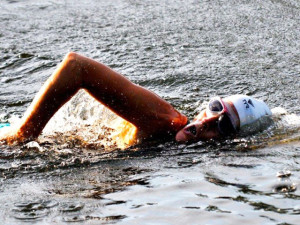
The shoulder is a ball-socket joint that allows the arm to move in many directions. The rotator cuff muscles are the dynamic stabilizers and movers of the shoulder joint and adjust the position of the humorous (upper arm bone) and shoulder blade during shoulder movement.
The four rotator cuff muscles include the supraspinatus, infraspinatus, subscapularis, and teres minor.
Other muscles that help move and stabilize the shoulder include the deltoid, teres major, corachobrachialis, latissimus dorsi, and pectoralis major.
When the rotator cuff is damaged, a variety of issues arise:
- Pain and spasm limit the range of motion of the shoulder. The muscles do not make the small adjustments within the joint to allow the humeral head to move smoothly.
- Fluid accumulation within the joint due to inflammation limits movement.
- Arthritis and calcium deposits that form over time limit range of motion.
Treatment Options:
Depending on how long or the severity of the shoulder injury the therapy options change. With an acute injury (24-48 hours) immediate reduction of inflammation is recommended. Best practice is to slowly move the joint through range of motion every few hours and lightly massage the area to flush out excess fluid and swelling. With a more sub-acute or chronic injury, manual hands-on therapy is recommended including:
Active Release technique (A.R.T) can reduce the tension in the muscle and release fibres to restore normal motion around the shoulder joint. Graston Technique will break down scar tissue preventing the injury from becoming chronic. Joint mobilizations will prevent restrictions in the joint and help release the muscle tension.
Get an assessment of a shoulder injury at Fit Chiropractic and Sport Therapy.


 RSS Feed
RSS Feed